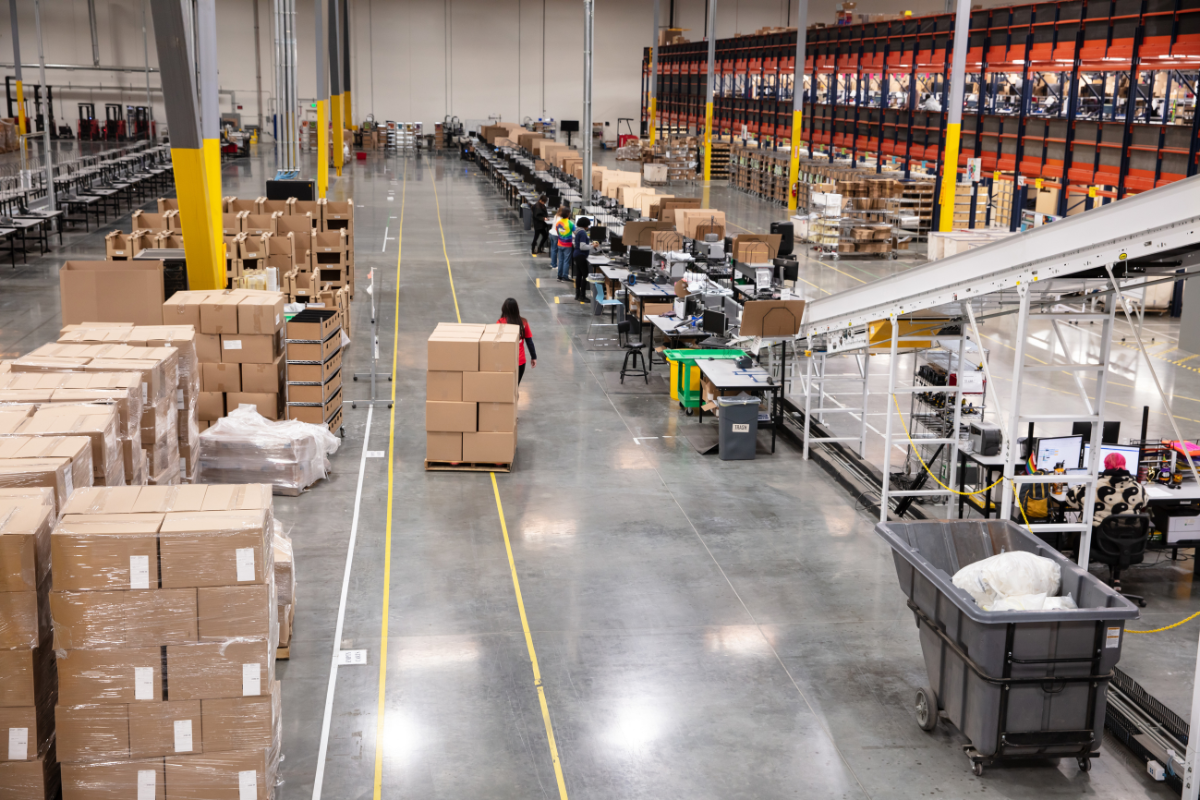
The Critical Link Between Fullfillment Speed and Customer Trust
Fast fullfillment is no longer a bonus—it’s an expectation. In today’s market, customers want their orders to arrive quickly and without hiccups. If a business can’t meet that standard, trust erodes fast.
When customers experience fullfillment delays, it directly affects how they view the brand. Even one late delivery can be enough to prevent a repeat purchase. Over time, this leads to a drop in customer retention and overall satisfaction.
Common Causes of Fullfillment Delays
Inventory Mismanagement
One of the most common causes of fullfillment issues is poor inventory control. If stock levels aren’t accurately tracked, businesses risk overselling or running out of popular items. This results in backorders and long delays for customers.
Inefficient Order Processing Systems
Slow or outdated order management systems create bottlenecks in the fullfillment process. Orders may be missed, misrouted, or delayed due to lack of automation. This inefficiency leads to growing customer dissatisfaction.
Warehouse Bottlenecks and Labor Shortages
Poorly organized warehouses and limited staffing significantly slow down order handling. When picking, packing, and shipping are delayed, fullfillment timelines are pushed back. Customers are left waiting, and loyalty takes a hit.
Shipping Carrier Issues and Last-Mile Challenges
Even when items leave the warehouse on time, unreliable carriers can cause delays. The last mile of delivery is especially prone to setbacks due to traffic, route planning, or staffing problems. These issues reflect poorly on the business regardless of where the delay occurs.
Strategies to Prevent Fullfillment Delays
Implement Real-Time Inventory Tracking
Real-time inventory tracking ensures that stock levels are always accurate. This allows the fullfillment team to make faster, more informed decisions. It also prevents overselling and unnecessary shipment delays.
Automate Order Management Workflows
Automation reduces human error and speeds up processing. Orders move seamlessly from placement to fullfillment, cutting down delays significantly. Businesses that streamline these workflows often see immediate improvements.
Optimize Warehouse Layout and Picking Systems
A well-organized warehouse makes it easier to find and ship items quickly. Efficient picking systems minimize movement and increase daily output. Fullfillment becomes faster, more consistent, and more scalable.
Build Strong Relationships with Reliable Carriers
Partnering with dependable carriers reduces the risk of shipping setbacks. A reliable logistics partner ensures that deliveries are made on time and in good condition. This supports a positive customer experience throughout the fullfillment journey.
Proactive Communication to Maintain Customer Trust
Send Timely Order Updates and Tracking Links
Transparency is key when it comes to fullfillment. Customers want to know where their order is at every stage. Providing regular updates helps manage expectations and reduces frustration.
Set Realistic Delivery Expectations at Checkout
Overpromising and underdelivering is a sure way to lose customer loyalty. It’s better to offer realistic delivery windows that account for potential delays. This builds trust and allows for more consistent satisfaction.
Offer Responsive Support When Delays Occur
Even with a solid system in place, delays can happen. What matters most is how businesses respond when issues arise. Prompt, clear communication helps salvage the customer relationship.
Measuring and Improving Fullfillment Performance
Key Metrics to Track (Order Accuracy, Lead Time, Fill Rate)
Monitoring key performance indicators is essential for refining fullfillment processes. Metrics like order accuracy, lead time, and fill rate highlight inefficiencies. Regular tracking ensures continuous improvement.
Conducting Regular Fullfillment Audits and Process Reviews
Routine audits help identify gaps in the fullfillment pipeline. Reviewing workflows and system performance reveals where upgrades are needed. These reviews keep operations efficient and aligned with customer expectations.
Key Takeaways
Avoiding fullfillment delays starts with understanding their causes and taking proactive steps to prevent them. Real-time inventory, automation, and efficient warehouse practices all support smoother order processing. By improving communication and tracking fullfillment performance, businesses can maintain customer loyalty and build a reliable reputation.



